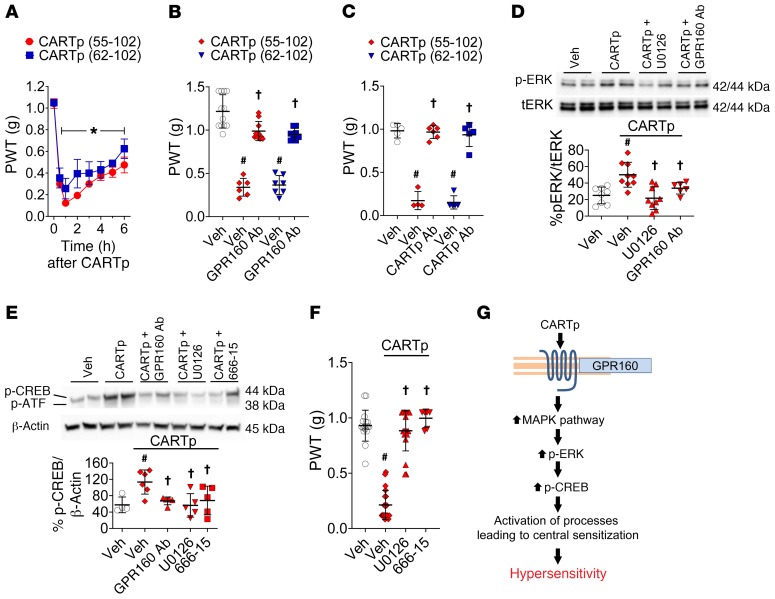Figure 4. CARTp induced mechano-hypersensitivity in mice through GPR160-dependent ERK-CREB activation in the spinal cord.
(A) Time-dependent development of mechano-allodynia in mice (n = 4) after i.th. CARTp 55–102 or CARTp 62–102. (B and C) Mechano-allodynia measured 1 hour after i.th. CARTp 55–102 (B, n = 6; C, n = 4) or CARTp 62–102 (B, n = 7; C, n = 5) was reduced with i.th. GPR160 Ab (B, n = 10 and n = 8, respectively) or i.th. CARTp Ab (C, n = 6 and n = 5, respectively). (D and E) When compared with vehicle (D, n = 8; E, n = 4), i.th. CARTp 55–102 induced phosphorylation of ERK (D; p-ERK, n = 9) and CREB (E; p-CREB, n = 6) in the DH-SC, which was attenuated with i.th. coinjections of MEK inhibitor U0126 (D, n = 9; E, n = 5), CREB inhibitor 666-15 (E, n = 5), or GPR160 Ab (D, n = 6). (F) CARTp 55–102–induced mechano-allodynia (n = 20) was attenuated with coinjection of U0126 (n = 20) or 666-15 (n = 6). Vehicles for CARTp, U0126, and 666-15 (n = 17) had no effect on behavior. (G) Proposed model of CARTp/GPR160–induced signaling. Data are expressed as mean ± SD and were analyzed by (A) 2-tailed, 2-way ANOVA with Bonferroni’s multiple-comparisons test or (B–F) 2-tailed, 1-way ANOVA with Dunnett’s multiple-comparisons test. *P < 0.05 versus 0 hours; #P < 0.05 versus Veh; and †P < 0.05 versus respective CARTp plus Veh. PWT, paw withdrawal threshold.

